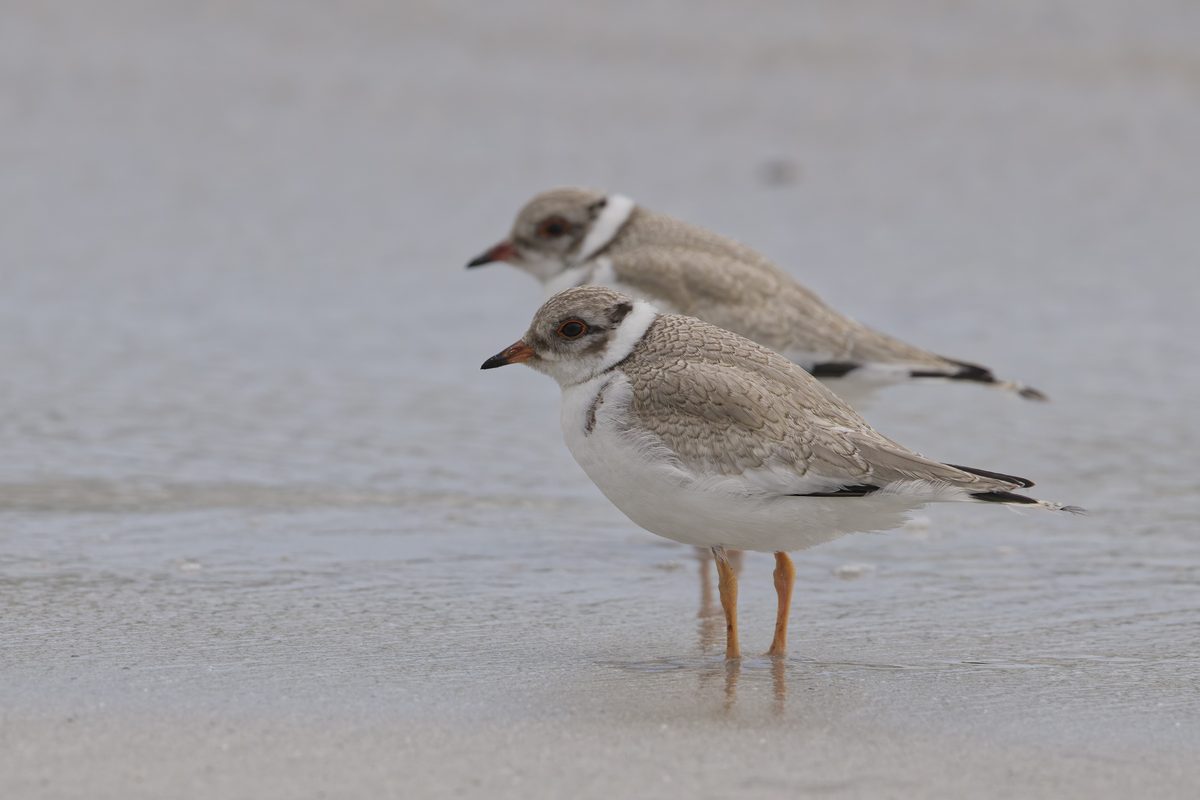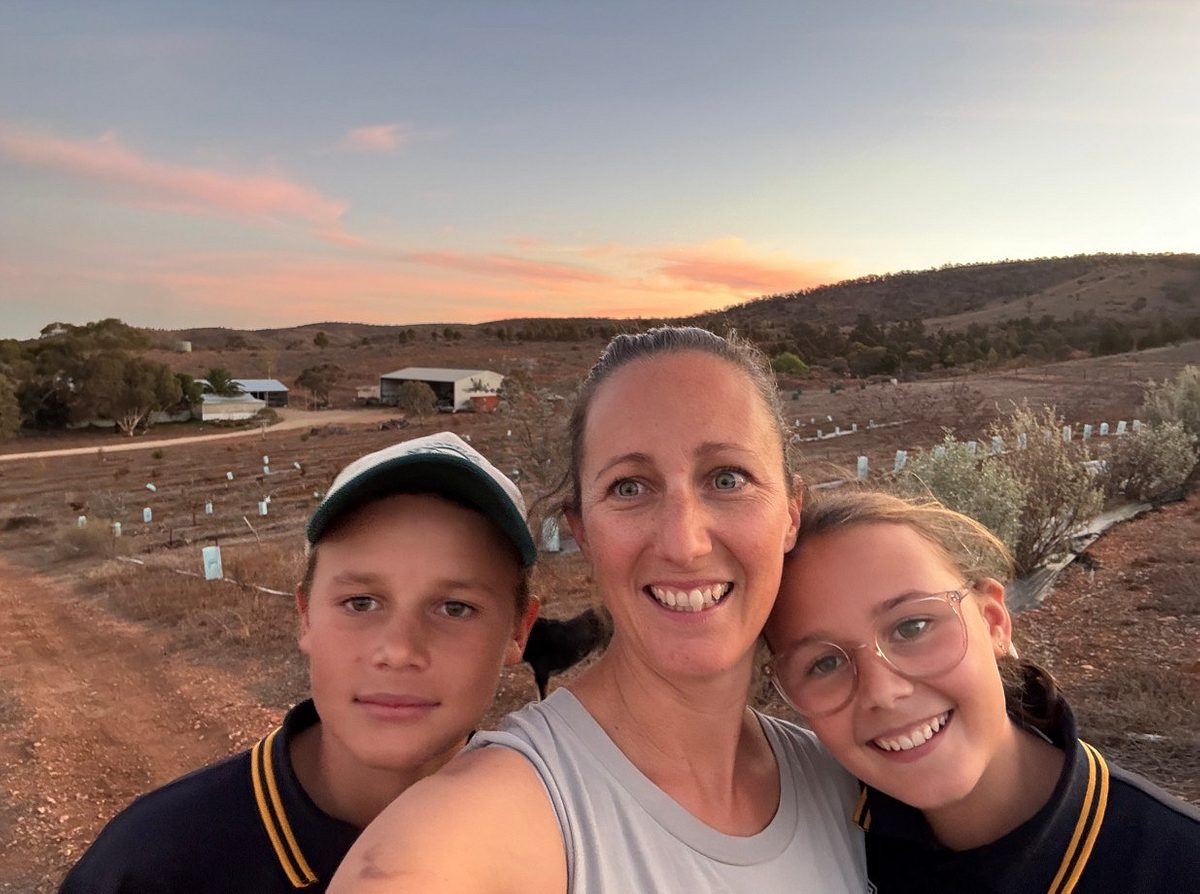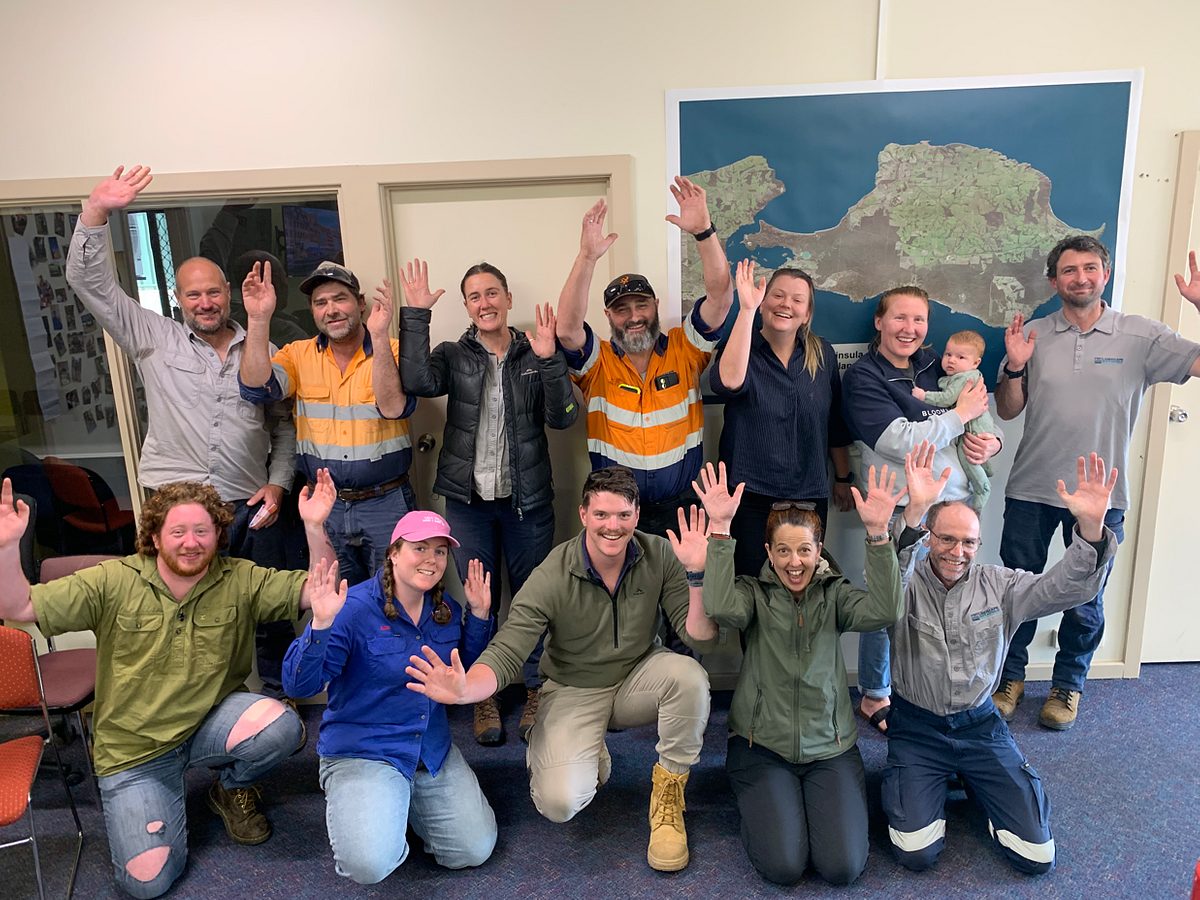Emu Bay hoodie chicks take flight!
The Kangaroo Island Landscape Board, in partnership with BirdLife Australia, is celebrating a positive start to the hooded plover breeding season, with the first chicks on Kangaroo Island fledging at Emu Bay.

Hooded plovers—affectionately known as “hoodies”—are listed as Vulnerable to extinction nationally. Only a small number of chicks survive the crucial five weeks needed to reach fledging age, making this early success especially significant.
Alex Comino, Coasts Project Officer at the Kangaroo Island Landscape Board, said the early fledging at Emu Bay is an encouraging sign for a species that faces immense pressure during the breeding season.
“We’re really excited to see the first hooded plover chicks reach flying age at Emu Bay this year. Every fledged chick is a big win for this vulnerable species,” Ms Comino said.
“The community effort at Emu Bay has been fantastic. People have been respectful around the nesting site, kept their distance, and watched out for the chicks as they grew. That level of care truly makes a difference.”
Although the Emu Bay chicks can now fly, the young birds are still inexperienced and remain around the estuary area.
“The juveniles are new to flying and still learning key survival skills. We’re asking beachgoers to continue giving them space and keep an eye out for them along the shoreline,” Ms Comino said.
This season has already seen a strong start, with multiple hooded plover nests recorded across Kangaroo Island.

BirdLife Australia volunteer, Jean Turner agreed that local support was vital to the birds' success.
"Regular beach walkers noticed the nest and contacted BirdLife Australia, asking for it to be protected", Ms Turner said.
"Friends of the Hooded Plover KI volunteers responded quickly, putting up signs to let people know the hoodies were nesting, and a rope barrier to protect the eggs from crushing,"
Volunteers and Landscapes KI then monitored the birds' progress.
“We were thrilled when the chicks hatched. A nervous five-week watch followed as the parents protected and reared their chicks,” Ms Turner said.
LEG FLAGS HELP TRACK HOODIE MOVEMENTS
Some Kangaroo Island hooded plovers, including one of the adult Emu Bay parents, carry small leg flags with a unique two-letter code. These flags help researchers understand how hoodies move, feed and breed.
The Kangaroo Island Landscape Board encourages the public to report any flagged birds they spot.
If you see a flagged hoodie (from a safe distance using binoculars, telescope or camera zoom), please record the:
- flag colour
- two-letter code
- which leg the flag is on
- location of the sighting
Reports can be emailed to BirdLife Australia’s Beach-nesting Birds team at beachnestingbirds@birdlife.org.au
Visitors are also encouraged to follow BirdLife Australia’s Guidelines for Photographing Beach-nesting Birds to avoid disturbing the birds.
HOW YOU CAN HELP PROTECT HOODIES
Everyone can play a role in helping hooded plovers successfully breed:
- Keep your distance from fenced or signposted nesting areas.
- Keep dogs on a leash at the beach.
- Walk along the water’s edge where you’re less likely to disturb hidden nests or chicks.
- If driving on the beach, stay close to the waterline, stick to speed limits and watch for birds on the sand.
“These small actions make a huge difference,” Ms Comino said.
“If we all look out for the hoodies, we help ensure more chicks survive and take flight.”
For more information about hooded plovers, visit Hooded Plover - BirdLife Australia



